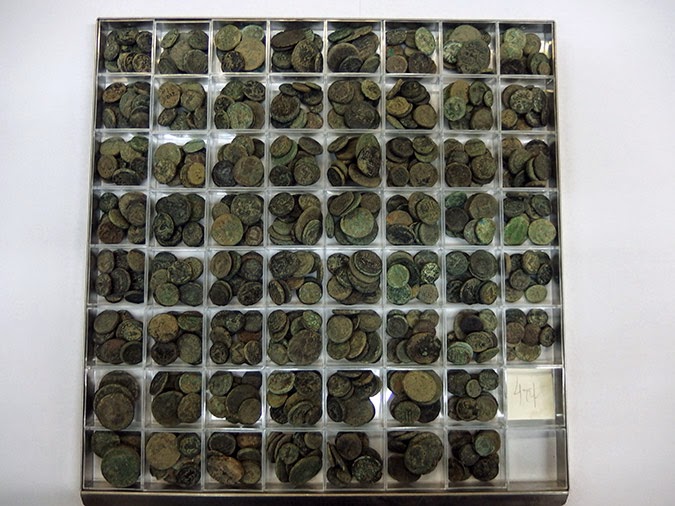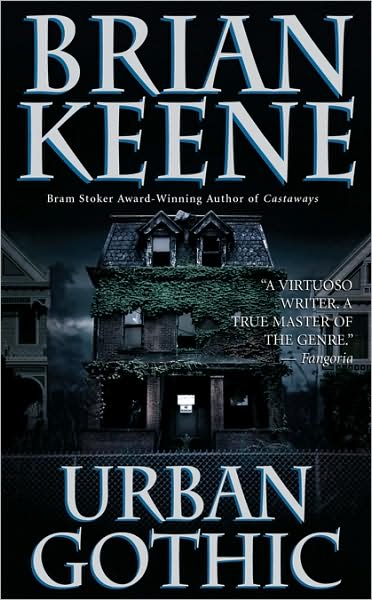I think this might be the first time I've ever really and truly 'gotten my rant on' about a topic here on the blog. What's my topic? The current usage of OCD in YA Literature. So brace yourselves, because Ashley is about to get very angry.
(This is a big enough topic, and one that I've been thinking about long enough that I've actually decided to write two posts on this one — one here on Danya's blog, and then a longer, more detailed (and rantish) post here on my own blog.)
There is something that's been popping up in a lot of YA books recently that's really been getting on my nerves. I've wanted to write a post about it for a long time, and I decided that Danya's Psychtember was as good an excuse as I was ever going to get. I'm going to warn you right now (and again later, cuz I'm like that) that this is a very long, very angry rant post. All of my anger and frustration at what I perceive to be the usage and misrepresentation of OCD in YA literature has been laid out for you to see. If you want the condensed version (wimp: P) you can in my blog to visit Danya's blog where you'll be able to read my shorter post.
I don't know how many books need to be written for something to actually qualify as a 'trend' but I've been noticing something in YA lately that has me more than a little concerned. And that's the use of OCD. OCD (Obsessive Compulsive Disorder) is a serious and debilitating mental illness. It can manifest itself in innumerable ways, and with varying levels of intensity or severity. I'm a little bit concerned that lately it's been made light of in YA literature.
What do I mean by this? Let me first explain what an OCD really is. A lot of people joke about having an OCD because they like to keep their desk organized, or have a specific order to the way they clean their room. But most people who are going to joke about an OCD not only do not have one, but they have no real understanding of what it is to live with an OCD either. An OCD is debilitating, it's severe and it's not something you can ignore when it's convenient. To be diagnosed with an OCD, you must have obsessions, which are persistent, irrational thoughts you can't control, that even though you recognize them as being irrational or inappropriate, you can't make them go away, can't talk yourself out of them, as well as compulsions, which are actions you use to overcome the obsessions. But even more than that, to be considered a diagnosable OCD, it must also be disruptive to your life. That means that an OCD isn't a minor annoyance or inconvenience. To have a legitimate OCD, it must be severe.
An OCD can manifest itself in hundreds or thousands of ways. The compulsions are what most people focus on our talk about in relation to OCD. The compulsions are things like washing hands, checking every door and window in the house 3 times before bed in a specific order, tapping the outside of a door twice before you can open it etc. and they are not something that can be avoided, forgotten or skipped. It's not like, Oh, I'm tired today, guess I'll just do it next time. It is something that must be done to control the obsessive thoughts. OCD is an anxiety disorder. And the anxiety a person would feel if they tried to forcibly pass on an OCD ritual?! Ain't gonna happen... If for some reason they did manage to fall asleep before completing their compulsive rituals, they would wake up, and not a pleasant waking up either, but one filled with stress and anxiety. But it's important that we not forget about the obsessions. Obsessions are thoughts that are irrational, and uncontrollable. These obsessive thoughts are what lead you to your compulsive actions. So, you might obsess over a feeling of being dirty, that for some reason you are dirty inside and out and these thoughts give you so much anxiety that to lessen the stress of these thoughts, you wash your hands. But it's a temporary relief, and the next time the thought comes, you wash again and again and again. It's not being paranoid that you left your car unlocked, so you go back to check. It's this thought that if you don't go back and check the car again, something unimaginably bad is going to happen. So you check again, even though you know you locked it before. And the obsessive thought isn't always logical, it doesn't always lead to a natural compulsion either. It might be that you believe that if you don't wash your hands every 30 minutes, someone will die. So, you know that this isn't true. You know no one is going to live or die because you washed your hands. But you have to wash your hands anyway. You have to.
So here's the thing that really gets me angry — OCD is a serious, debilitating, destructive and emotionally (and sometimes physically) exhausting disorder. But it's not always treated as such. People make light of it all the time, discussing it, laughing about it as if OCD is no big deal, just some minor annoyance. And a lot of the books I've read lately with OCD characters perpetuates this. These books are furthering the ignorance surrounding OCD. Warning — This next section is very possibly going to come across as very harsh & snarky & angry, but this is a rant, so deal...
I feel like some of these authors heads must have sat down and gone through a combination of the following ideas-
Hmm... My hero is super perfect. Like, he's gorgeous, rich, super nice, everyone loves him when they talk to him, etc... But, no one wants to read about a completely flawless boy... We get too much flack for that. Ooh!! I KNOW! I'll give him an OCD!! Then he's a perfectly flawed hero & I can still let him be perfect! Because an OCD is a flaw!! *fist pump
OR
I want this dude (or dudette) to have some kind of mental illness. But what to do? What to do?... It can't be something like schizophrenia, because everyone knows that's untreatable and like, serious and stuff... Depression is so last publishing season, everyone's been using that one and I don't want some sad chick. Hmm... Lets google this... Oooh, this looks promising! I'll give them an OCD!! PERFECT! They can be 'troubled' and struggle, but still have a mostly normal life. I love it. Aren't I so brilliant. *pats on back*
OR
Just add OCD & stir — Instant Character Depth!
Now, I'm actually pretty sure that none of these authors have ever actually sat down and thought this. (and I hope that I never find out if they have). But that doesn't change the fact that it seriously upsets me when I read these characters in a YA novel who have been given a legitimate and serious mental disorder being made to seem as if it's just not that big of a deal. Like it's something they can brush off or use to their advantage (*whines — It's just my OCD today. It's acting up). It is not like that. OCD is something that can be managed and stabilized and, depending on the type of OCD, the severity and the stressor that induced/triggered it, sometimes, it can even be cured (although, as with any mental illness, cure is a relative term...) . But it is not something that just gets to go away because you want it to, or because it's easier today to just not deal with it. It's a mental illness. And if you have it, you have it. And let me tell you — I know someone, in real life who struggled with this. And you know what, it sucks. Like, hard core. It's not fun, it's not something to laugh about and it doesn't give "depth". It's a DISORDER.
Sigh. But, I did warn you that this post was going to be long and rantish.
And, yes — I'm deliberately not naming names or pointing fingers. I deliberately decided against using specific titles because my annoyance with the usage of OCD in YA right now has made it so that some of these books that probably do a fine job of it lose me as soon as the love interest or main character has OCD. I'm not talking about books that have chosen to write about OCD specifically. I'm talking about books that deal with a different topic altogether, and use OCD as a side plot... But this post is an angry post. So I'm leaving titles and names out of the anger. But I gotta tell you, I'm getting might tired of it.
So authors, Please stop using psychological disorders as a way to add interest to a character. If it's a legitimate and important part of who they are, they Yes! PLEASE use it. We need more books dealing with mental health in a positive and accurate way. But, if you are going to use mental health, do NOT google search it and assume you are an expert. Take more time to research, talk to therapists and licensed mental health professionals. Talk to people who have the disorder. But more than anything else, treat it with respect.






























 Emergency cash loans are viable options for quick term financing demands. It is secured by submitting invoices from the borrower's credit card transactions or extracts from the bankbook.
Emergency cash loans are viable options for quick term financing demands. It is secured by submitting invoices from the borrower's credit card transactions or extracts from the bankbook. While a traditional cash loan for businesses need 30 days to process,
While a traditional cash loan for businesses need 30 days to process, 










